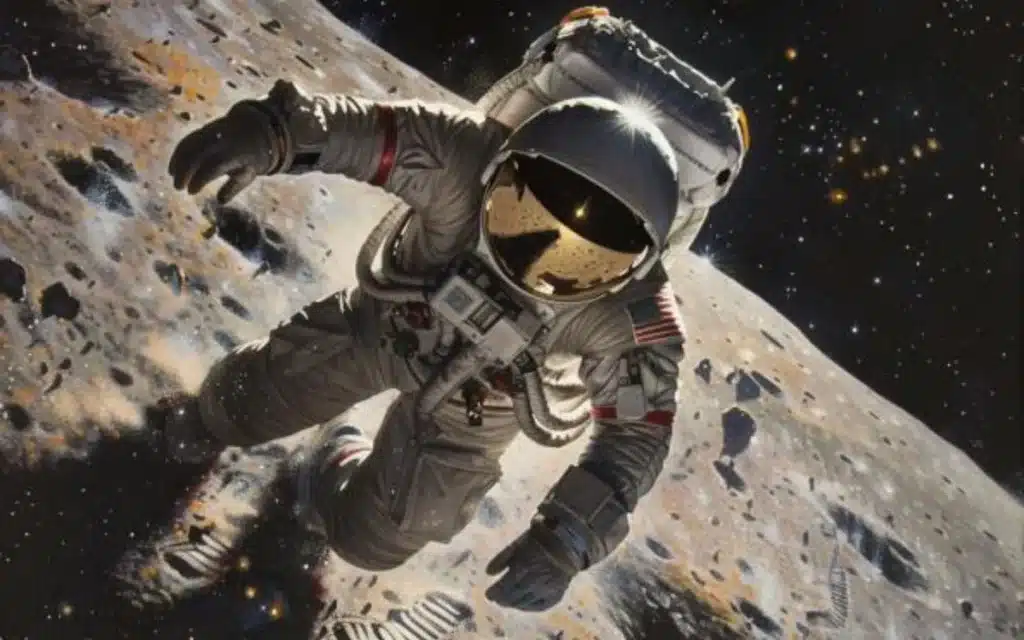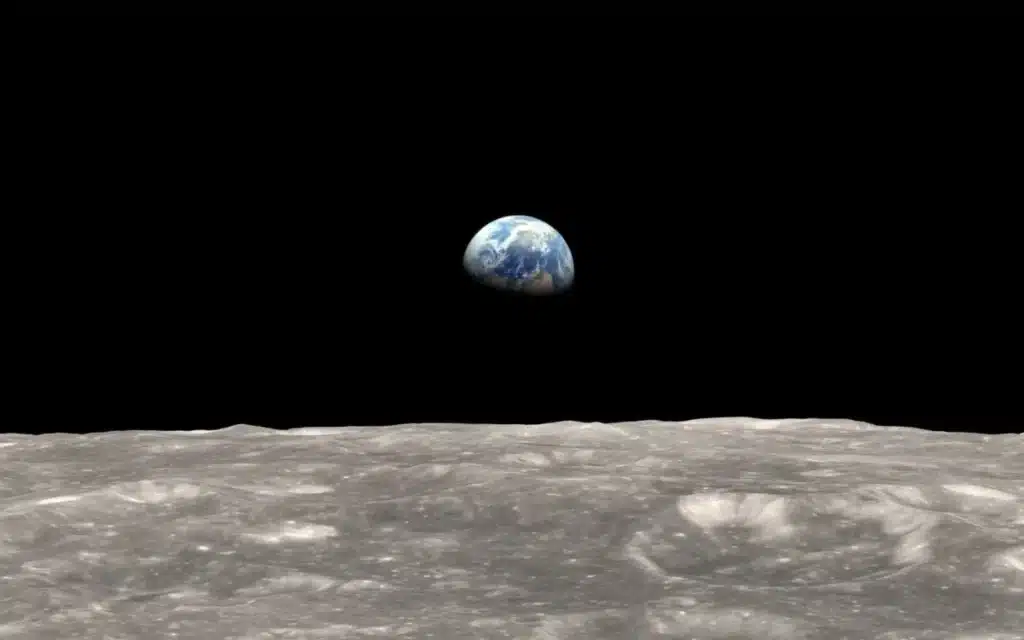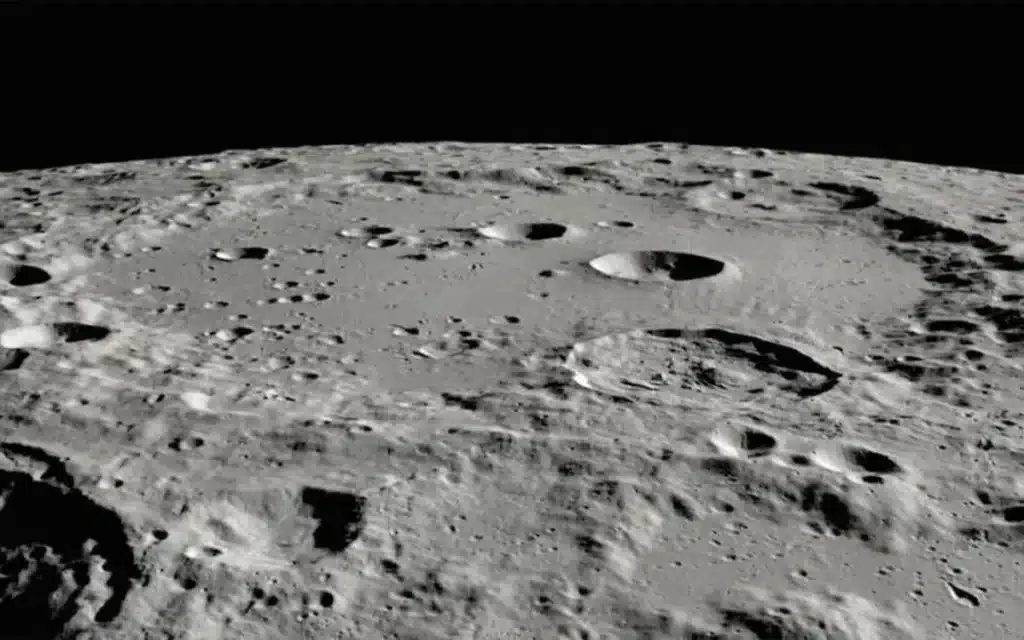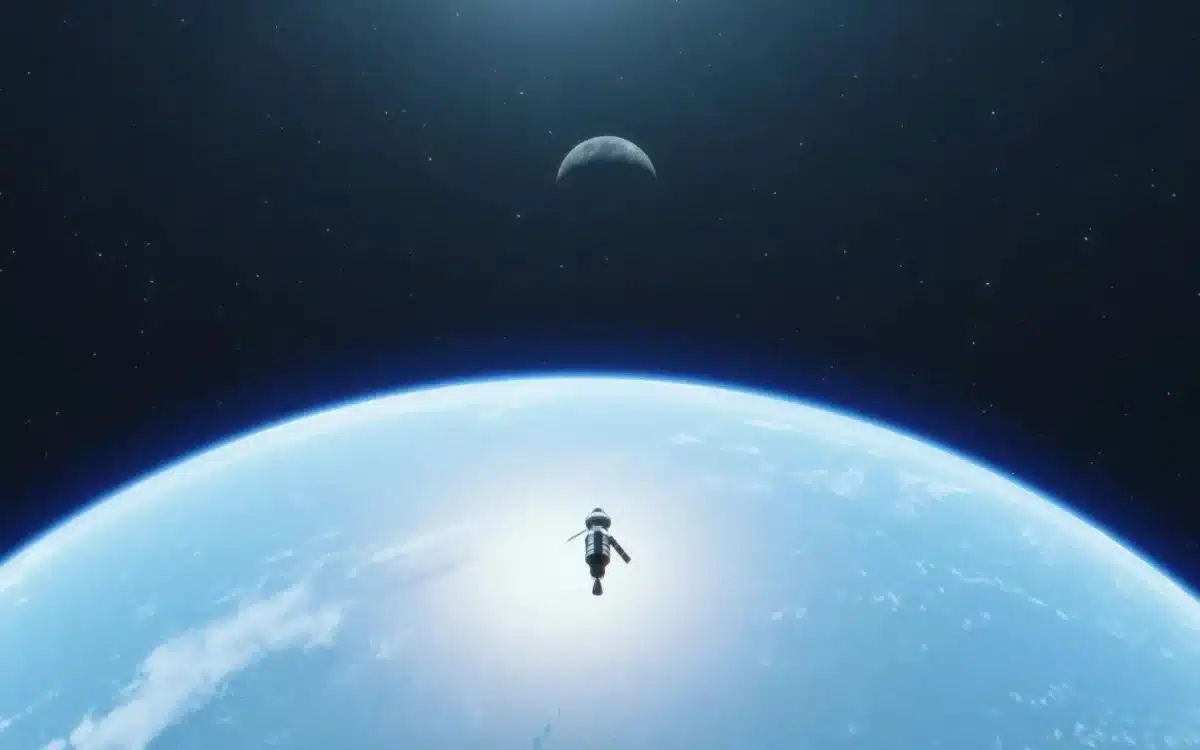NASA is creating a new time for the moon that’ll be different to Earth’s
- NASA is taking a giant leap forward by creating a new timekeeping system for the Moon.
- The space agency’s deputy associate administrator Kevin Coggins has stressed the importance of this change.
- Establishing a permanent scientific base on the Moon is thought of as a crucial step towards future missions to Mars.
Published on Apr 03, 2024 at 5:00 PM (UTC+4)
by Daksh Chaudhary
Last updated on Apr 04, 2024 at 11:51 AM (UTC+4)
Edited by
Tom Wood
NASA is taking a giant leap forward by proposing a new timekeeping system for the Moon.
This decision comes from the need to adapt to the unique time flow on the Moon compared to Earth.
Kevin Coggins, NASA’s deputy associate administrator, stressed the importance of this change, highlighting its significance for future lunar missions.
“An atomic clock on the Moon will tick at a different rate than a clock on Earth,” he said.
“It makes sense that when you go to another body, like the Moon or Mars, that each one gets its own heartbeat.”

READ MORE: Scientists discovered body of water in black hole 30 billion trillion miles away
The Artemis program, NASA’s ambitious initiative, aims to return astronauts to the lunar surface by 2026.
Establishing a permanent scientific base on the Moon is a crucial step towards future missions to Mars.
However, to ensure smooth operations and coordination with Earth, a unified lunar time standard – which they are calling Coordinated Lunar Time (CLT) – is essential.
This standard will affect everything from data transfers to navigation and communications.
On Earth, we rely on Universal Coordinated Time (UTC), maintained by precise atomic clocks globally.
But the Moon requires a bespoke timekeeping system due to its different time flow.

Implementing a lunar counterpart to UTC will require careful planning and international agreements.
The Biden-Harris Administration is leading the charge to establish time standards for celestial bodies beyond Earth.
Federal departments and agencies have been directed to align their policies accordingly.
These standards will be traceable to UTC and accurate for precision navigation and science.
They will also be resilient to loss of contact with Earth and scalable to space environments beyond the Earth-Moon system.
NASA will coordinate with other departments to finalize a strategy for lunar timing standardization by December 31, 2026.

Consideration of Coordinated Lunar Time will be included in NASA’s Moon-to-Mars Architecture Concept Review cycle by December 31, 2024.
It seems as if developing a lunar time standard is regarded as crucial for future space exploration missions and represents a big step towards creating a sustainable environment around the Moon and Earth, with infrastructure that can grow and work well together.
Hopefully, this will help all countries involved in space exploration.
DISCOVER SBX CARS: The global premium car auction platform powered by Supercar Blondie






